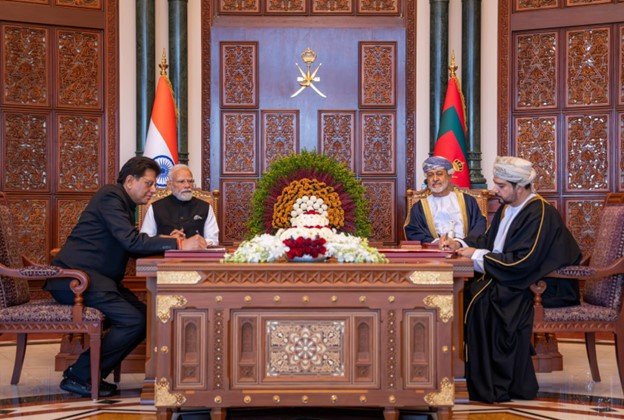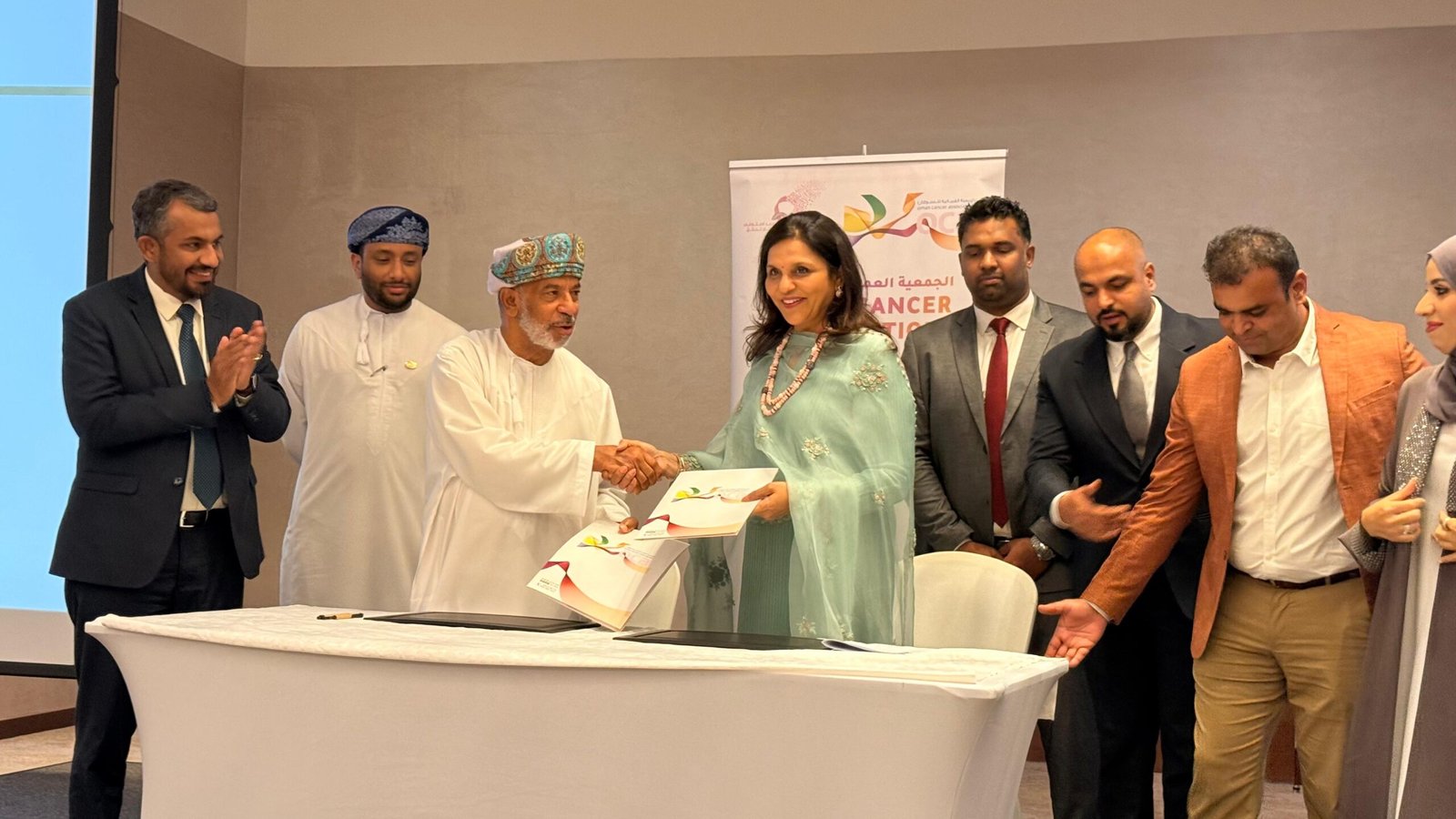UAE Space Agency Chairperson Sarah Al Amiri says work on the Venus space exploration odyssey had begun four months ago and is at present in the ‘mission concept’ phase. It will explore the asteroid belt between Mars and Jupiter, a source of most meteorites that impact Earth
The UAE has set in motion the process to launch its second space mission, this time to Venus and the asteroid belt beyond it to collect data on the origins of the universe, a report in the Khaleej Times says
Earlier, the United Aran Emirates Space Agency had launched its first unmanned space probe to Mars on July 19, 2020. It went into orbit around the Red Planet on February 9, 2121. It was named ‘Al Amal’, meaning ‘Hope’.
The current interplanetary mission — the UAE’s second after the Hope Probe’s successful journey to the Red Planet — will explore the asteroid belt between Mars and Jupiter, a source of most meteorites that impact Earth
UAE Space Agency Chairperson Sarah Al Amiri says work on the Venus space exploration odyssey had begun four months ago and is at present in the ‘mission concept’ phase.
Al Amiri, also the Minister of State for Advanced Technology, explains that “This is the first phase of development for any space mission. At the end of this concept phase, we hope to finalise the scientific objectives and technology inputs to have on board”.
She stresses that “Work is well under way for the team to meet the seven-year development timeline and get ready for launch in early 2028”.
After its launch the spacecraft will undertake a 3.6-billion-kilometre, five-year journey. The spacecraft’s trajectory around Venus will take it as close as 109 million kilometres from the sun, requiring substantial thermal protection.
In addition the spacecraft will also travel as far as 448 million kilometres away from the sun to reach the asteroid belt between Mars and Jupiter, so the ground crew would have to operate it with ‘very little solar energy, the minister says
After its launch the spacecraft will undertake a 3.6-billion-kilometre, five-year journey. The spacecraft’s trajectory around Venus will take it as close as 109 million kilometres from the sun, requiring substantial thermal protection.
The mission is, indeed, very challenging, but the team will build on the experience it gained through the Mars probe, she adds.
With the asteroid landing in 2028, the UAE would become the first country in the Arab world and the fourth globally to achieve this feat. The others include the European Union, Japan and the United States.
The probe will remain on the asteroid, transmitting back information to Earth on the composition of the asteroid as long as its batteries remain charged.
“The Mars mission, as you know, took about six years of development. This (new one has) an additional year because of the added technological complexity. But what’s remarkable here is that it is still well under typical development timelines for a mission of this class globally,” says Al Amiri.
The car-sized Amal space probe to the Red Planet cost $200m to build and launch, making the UAE the fifth entity to reach Mars, joining NASA, the Soviet Union, the European Space Agency and India. China joined that group a day after the UAE with the Mars orbit insertion of its Tianwen-1 mission.
.According to Al Amiri the Emirates Mars Mission was five times more complex than the earth observation satellites the country was developing earlier. “However, the new mission is five times more complex” than the historic odyssey to the Red Planet”.
Speaking about the asteroid belt, Al Amiri says: “The asteroid belt is situated between Mars and Jupiter. The reason that area hasn’t formed into a planet is the strong gravitational force that comes from Jupiter. So, it gives you an idea of some of the building blocks of planets and their formations.”
Some 1.1 million known asteroids circulate in the solar system, the remnants of its formation, according to NASA. Most orbit the sun in the area between Mars and Jupiter targeted by the planned Emirati mission. Their composition includes the building blocks of worlds like Planet Earth
The minister affirms that they haven’t as yet figured on which asteroid to land their unmanned space probe. But right now “we’re working on myriad other scientific and technological issues that are complex and demanding”.
She adds “The US will launch a mission next week, called the Lucy Mission, to the Trojan asteroids situated around Jupiter’s orbit. So, what we’re trying is to do is make our work complementary to other missions.
Some of the other future milestones in the Emirates ongoing space programme are to send an unmanned spacecraft to the moon in 2024. It also has ambitious plans to build a human colony on Mars by 2117.
Sheikh Mohammed bin Rashid Al Maktoum, the ruler of Dubai and vice president of the UAE, announced the Mars 2117 Project. Its goal to establish the first inhabitable human settlement on the Red Planet.
***********************************************************************











